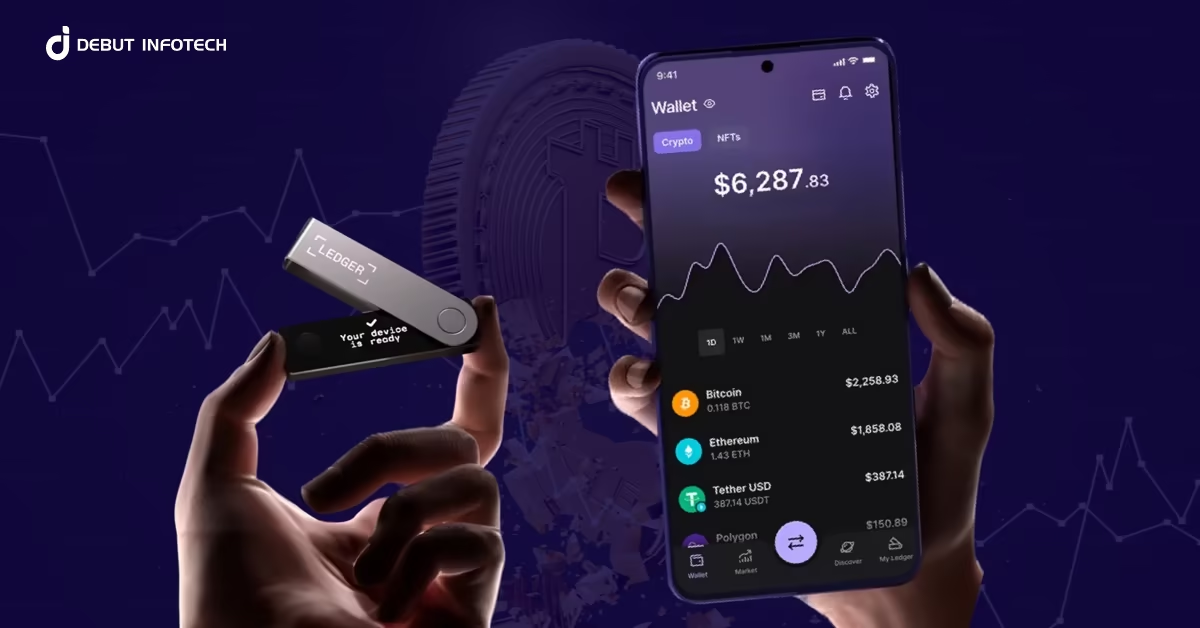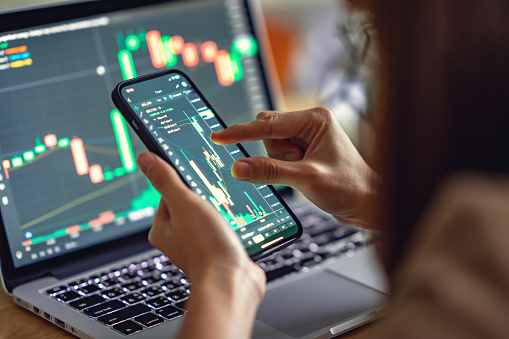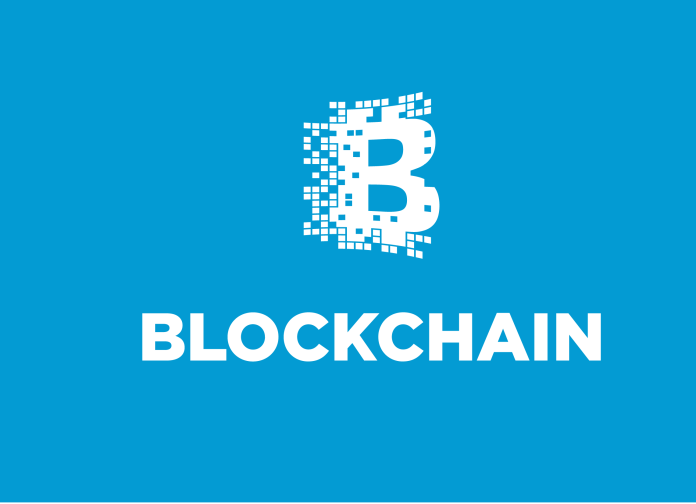Key Takeaways
- Decentralized exchanges (DEXs) allow direct, peer-to-peer crypto trading without intermediaries.
- In 2025, DEXs combine speed, security, and privacy, rivaling centralized platforms.
- Users need a crypto wallet, network gas fees, and careful verification of smart contracts to trade safely.
Understanding Decentralized Exchanges: The Core of Self-Custody
In 2025, decentralized exchanges (DEXs) stand at the heart of the crypto movement — a revolution in how digital assets are traded. Unlike centralized exchanges (CEXs) such as Binance or Coinbase, DEXs operate without intermediaries. They let users trade crypto directly from their own wallets, maintaining full ownership of their private keys and funds.
At their core, DEXs rely on smart contracts, self-executing programs that automatically match and execute trades on the blockchain. This eliminates the need for account registration, KYC verification, or reliance on a central authority. For many, DEXs represent the truest form of financial independence in Web3.
Popular platforms like Uniswap, PancakeSwap, and SushiSwap paved the way, but by 2025, new-generation DEXs such as dYdX, ThorChain, and Jupiter are integrating advanced features — from cross-chain liquidity to institutional-grade trading tools.
How to Use a Decentralized Exchange Step by Step
Using a decentralized exchange may seem technical at first, but in 2025, the process has become remarkably user-friendly. Here’s a clear breakdown of how to start:
1. Set Up a Web3 Wallet
You’ll need a crypto wallet that supports the network you want to trade on. Popular options include:
- MetaMask (Ethereum and Layer 2 networks)
- Phantom (Solana)
- Trust Wallet (multi-chain support)
Your wallet acts as your key to the decentralized ecosystem. After installation, back up your seed phrase securely — this is your only recovery method if access is lost.
2. Fund Your Wallet
Buy or transfer crypto to your wallet. For instance, if you plan to trade on Uniswap, you’ll need ETH or another Ethereum-based token for gas fees. For PancakeSwap, BNB is required.
3. Connect Your Wallet to the DEX
Visit the DEX’s official website and click “Connect Wallet.” Confirm the connection through your wallet interface. Once connected, your wallet balance becomes visible within the DEX interface — no sign-up needed.
4. Select Tokens to Trade
Choose the token pair you want to swap (e.g., ETH → USDC). Always verify the smart contract address of the token to avoid counterfeit or scam tokens, especially with smaller projects.
5. Review Fees and Confirm the Swap
DEXs typically charge a small percentage as a liquidity fee (e.g., 0.3%). Network gas fees also apply depending on blockchain congestion. Once reviewed, click “Swap,” confirm in your wallet, and wait for blockchain confirmation.
6. Track and Manage Your Trades
After confirmation, the new tokens appear in your wallet. Use blockchain explorers like Etherscan or Solscan to verify transactions. Some DEXs also integrate portfolio dashboards to track your activity across multiple chains.
The Power of Liquidity Pools and Yield Opportunities
Unlike centralized exchanges that hold large order books, DEXs rely on liquidity pools — smart contracts containing token pairs provided by users known as liquidity providers (LPs).
By depositing tokens into a pool (e.g., ETH/USDT), users earn a portion of the trading fees generated by that pair. This process, known as liquidity mining, is one of the most powerful incentives in decentralized finance (DeFi).
In 2025, DEXs are also expanding into cross-chain liquidity, allowing traders to swap assets across different blockchains without bridges. Platforms like ThorChain and Chainflip are pioneering this “multi-chain DEX” model, making DeFi more accessible and connected than ever.
Why DEXs Matter in 2025
The rapid growth of decentralized exchanges reflects a broader trend — the shift toward self-custody, transparency, and global financial inclusion.
1. Security and Ownership
Unlike centralized exchanges that can be hacked or shut down, DEXs store no user funds. You remain the sole custodian of your assets, reducing the risk of exchange bankruptcies like those seen in earlier crypto cycles.
2. Privacy and Freedom
DEXs operate without intrusive identity checks, appealing to users in regions with restrictive financial systems. In 2025, many DEXs use zero-knowledge proofs and on-chain identity protocols to balance privacy with compliance.
3. Global Accessibility
All you need is an internet connection and a wallet. DEXs work without borders, empowering users in Africa, Latin America, and Asia to trade, save, and invest without traditional intermediaries.
4. Innovation Through DeFi Integration
DEXs are now deeply interconnected with other Web3 services — yield farming, lending, perpetual futures, and restaking. This creates a composable financial layer, where assets move seamlessly across protocols.
Safety Tips for Using DEXs
Even with their advantages, decentralized exchanges require careful navigation. Here are key safety principles for 2025 users:
- Verify URLs and smart contracts – Fake DEX websites and phishing links remain a top threat.
- Use hardware wallets – For larger trades or liquidity provision, connect a Ledger or Trezor wallet for added security.
- Watch gas fees – Networks like Ethereum can spike during peak activity; consider Layer 2 solutions like Arbitrum or Base for lower costs.
- Understand slippage – High volatility can cause price discrepancies during swaps. Adjust slippage tolerance carefully.
- Stay updated – Join the DEX’s official community channels to monitor governance updates and smart contract audits.
By combining caution with education, traders can navigate DEXs safely and profitably.
The Future of DEXs: Smarter, Faster, and More Interoperable
By 2026, decentralized exchanges will likely rival centralized platforms in both speed and liquidity. Advances in Layer 2 rollups, cross-chain aggregation, and AI-driven routing are already improving execution efficiency.
DEX aggregators like 1inch, Matcha, and Jupiter are evolving into intelligent trading assistants — scanning multiple blockchains to find the best rates and lowest fees automatically.
Moreover, regulatory clarity is emerging in regions like the EU and Singapore, where frameworks recognize DEXs as legitimate financial entities rather than unregulated protocols. This growing acceptance signals the next phase of mainstream DeFi adoption.
Conclusion: The Gateway to True Financial Freedom
Decentralized exchanges represent more than just trading tools — they embody the essence of blockchain: self-sovereignty, transparency, and global accessibility.
In 2025 and beyond, learning how to use decentralized exchanges is not just about swapping tokens — it’s about understanding the infrastructure of a new financial order. Whether you’re a casual investor or a DeFi enthusiast, mastering DEXs puts you in control of your assets and your financial future.




